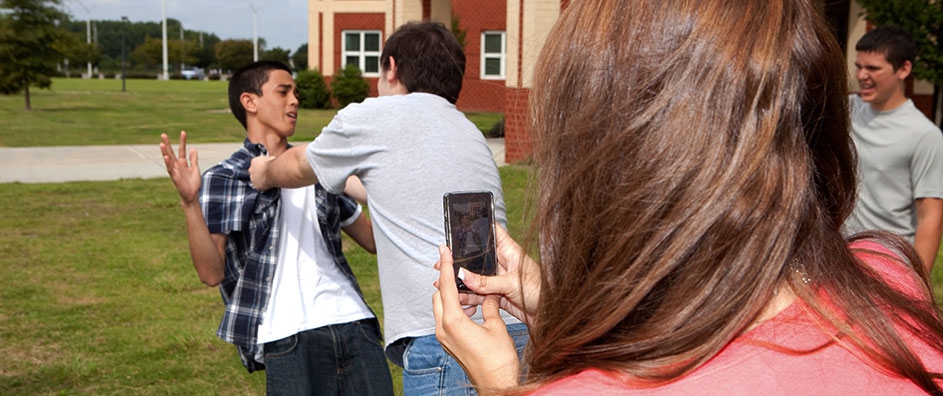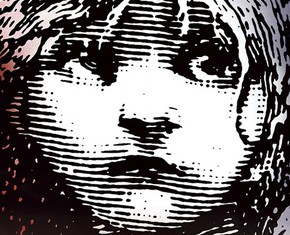The views expressed in our content reflect individual perspectives and do not represent the authoritative views of the Baha'i Faith.
No period in human history has ever witnessed the widespread global efforts multiple cultures now make to raise children to become peaceful adults.
Education, child-rearing, moral training and even the philosophy behind the toys children play with have all undergone – and are still undergoing – a radical change of perspective on the subject of violence. Non-violent alternatives for managing conflict are now widely taught, and increasingly children and youth learn how to understand and change the social structures that legitimize and perpetuate inequality, racism and injustice.
This has given rise to a whole new discipline called peace education. Wikipedia defines peace education as “the process of acquiring the values, the knowledge and developing the attitudes, skills, and behaviors to live in harmony with oneself, with others, and with the natural environment.”
During the past century or so, much of humanity seems to have realized that endemic, ongoing violence is a bad idea. We have begun to consider the concept of raising and training our children as peaceable beings. And we have started to see a shift in our collective consciousness, from an aggressive, warlike posture to one that prioritizes peace, non-violence and unity.
Baha’is believe that humanity has always longed for peace – but that Baha’u’llah brought the revelation destined to finally make the world a peaceful place. In the early part of the Twentieth Century, Abdu’l-Baha explained:
About sixty years ago in the time when the fire of war was blazing among the nations of the world, and bloodshed was considered an honor to mankind; in a time when the carnage of thousands stained the earth; when children were rendered fatherless; when fathers were without sons and mothers were spent with weeping; when the darkness of inter-racial hatred and animosity seemed to envelope mankind and blot out the divine light; when the wafting of the holy breath of God seemed to be cut off — in that time Baha’u’llah rose like a shining star from the horizon of Persia, inspired with the message of Peace and of Brotherhood among men.
He brought the light of guidance to the world; He kindled the fire of love and revealed the great reality of the True Beloved. He sought to destroy the foundations of religious and racial prejudice and of political rivalry.
He likened the world of humanity to a tree, and all the nations to its branches and the people to its leaves, buds and fruits.
His mission was to change ignorant fanaticism into Universal love, to establish in the minds of His followers the basis of the unity of humanity and to bring about in practice the equality of mankind. He declared that all men were equal under the mercy and bounty of God.
Then was the door of the Kingdom set wide and the light of a new heaven on earth revealed unto seeing eyes. – Abdu’l-Baha in London, pp. 36-37.
In the Baha’i teachings, world peace begins with each individual and their own spiritual development. The recognition of a peaceful and loving God leads to the desire for a sense of inner peace; and the centered, happy identity that results allows each person to relate to others peacefully and lovingly. Baha’is are committed to work toward the development of this consciousness throughout the world:
The call of the Kingdom has been sounded, and the annunciation of the world’s need for Universal Peace has enlightened the world’s conscience.
My hope is that through the zeal and ardor of the pure of heart, the darkness of hatred and difference will be entirely abolished, and the light of love and unity shall shine; this world shall become a new world; things material shall become the mirror of the divine; human hearts shall meet and embrace each other; the whole world become as a man’s native country and the different races be counted as one race.
Then disputes and differences will vanish, and the Divine Beloved be revealed on this earth. – Abdu’l-Baha, Abdu’l-Baha in London, p. 37.
These lofty principles inspire us all – but how do they become reality? How do we, as parents, as peace advocates, as partners for a peaceable planet, achieve these seemingly unreachable goals? In a world where violence, conflict and war still plague us, what path can we take to peace?
Follow along in the next installment of this series as we begin to explore the answers to the practical questions about achieving peace from the Baha’i writings, and how we can learn to Never Hit a Child.
















Comments
Sign in or create an account
Continue with Googleor